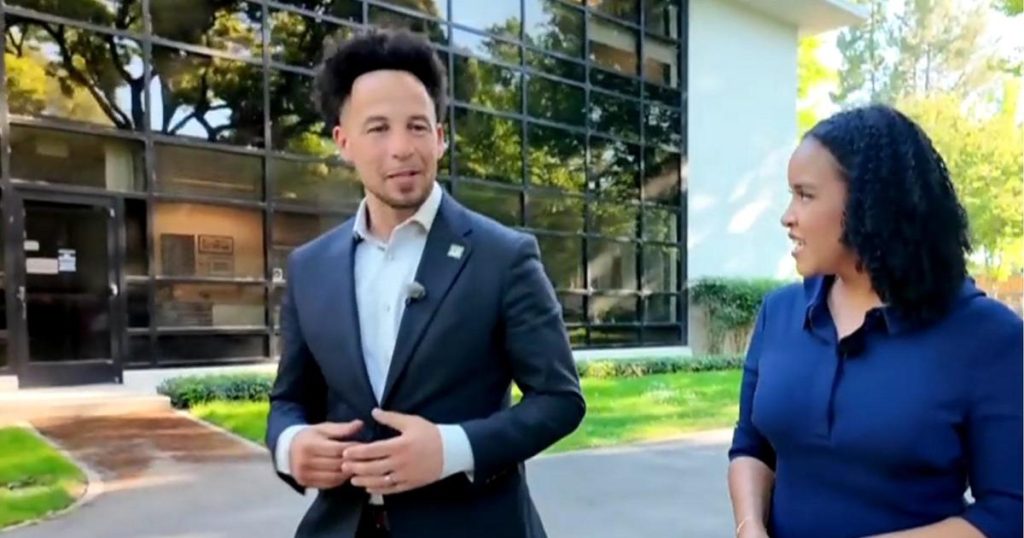Sacramento State University took a unique approach to handling campus protests by using dialogue to address the issue. The university’s president was one of the first to sit down and discuss the protests, demonstrating a willingness to engage and listen to the concerns of the students. This approach is contrasted with other colleges that may have used more forceful tactics to address protests, resulting in different outcomes.
The dialogue-based approach at Sacramento State was successful in ending campus protests, allowing for a peaceful resolution to the situation. By engaging with the students and addressing their concerns, the university was able to create a space for open communication and understanding. This approach demonstrated a commitment to resolving disputes through peaceful means, rather than resorting to harsh methods that could potentially escalate tensions further.
The president of Sacramento State emphasized the importance of listening to the students and understanding their perspectives in order to address their concerns effectively. By actively engaging in dialogue and seeking to understand the root causes of the protests, the university was able to work towards a resolution that satisfied both the students and the administration. This approach highlights the value of communication and mutual respect in resolving conflicts on college campuses.
In contrast to other colleges that may have used more forceful tactics to address protests, Sacramento State’s use of dialogue demonstrated a commitment to peaceful resolution and mutual understanding. By listening to the students and engaging in meaningful conversations, the university was able to address the underlying issues that led to the protests in the first place. This approach not only helped to end the protests but also fostered a sense of community and cooperation on campus.
The success of the dialogue-based approach at Sacramento State serves as a model for other colleges facing similar protests on their campuses. By prioritizing communication and understanding, colleges can work towards resolving conflicts in a peaceful and constructive manner. This approach can help to create a more inclusive and supportive campus environment that values the perspectives and voices of all students.
Overall, Sacramento State’s use of dialogue to address campus protests highlights the importance of listening, understanding, and engaging with students to resolve conflicts effectively. By prioritizing communication and mutual respect, colleges can create a more positive and harmonious campus community. This approach demonstrates the power of dialogue in promoting understanding, reconciliation, and ultimately, a peaceful resolution to disputes on college campuses.


